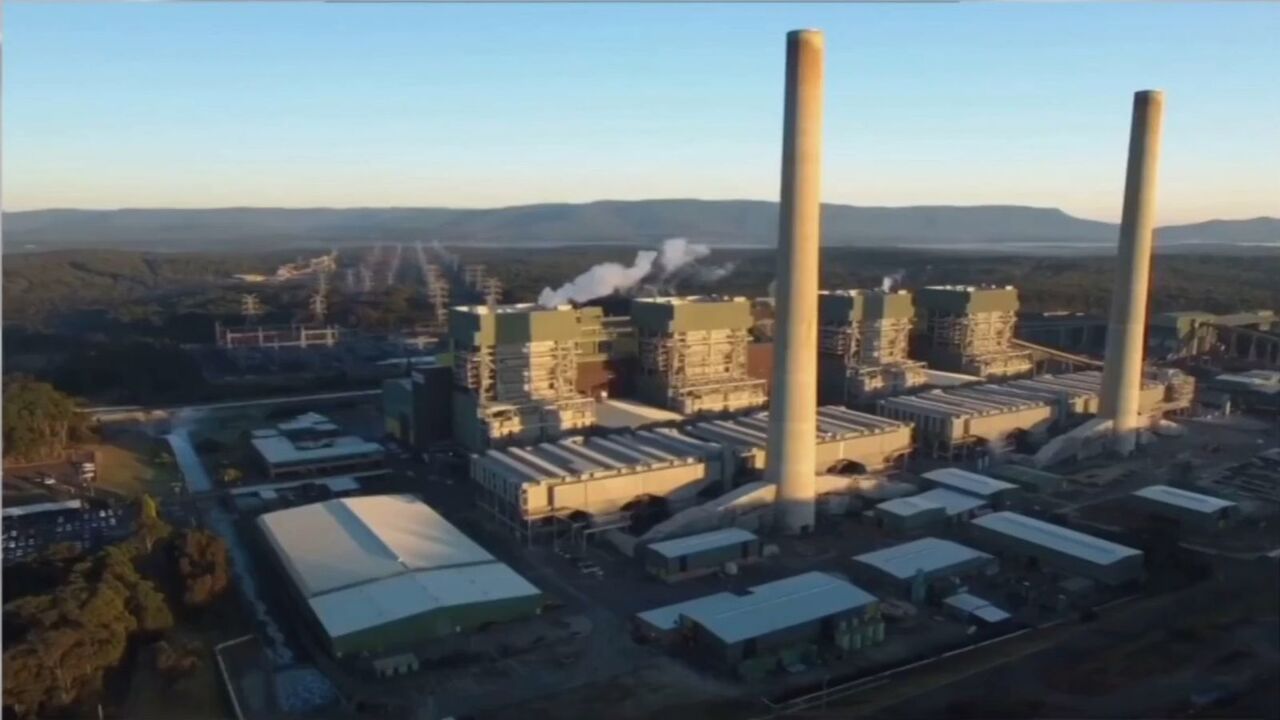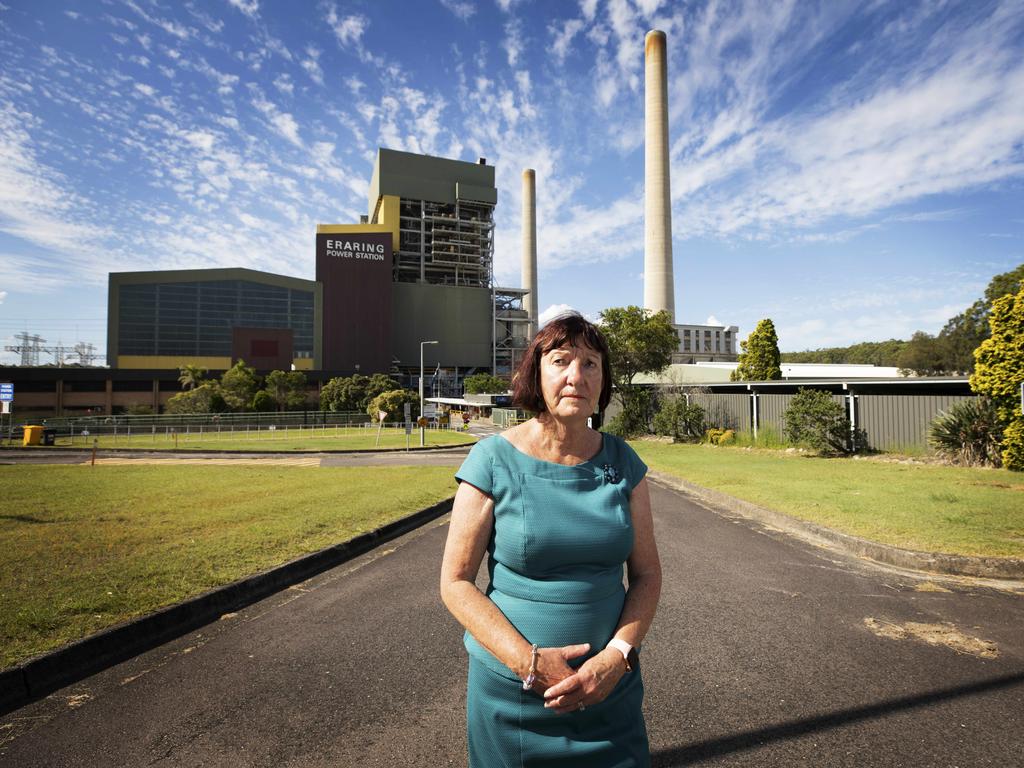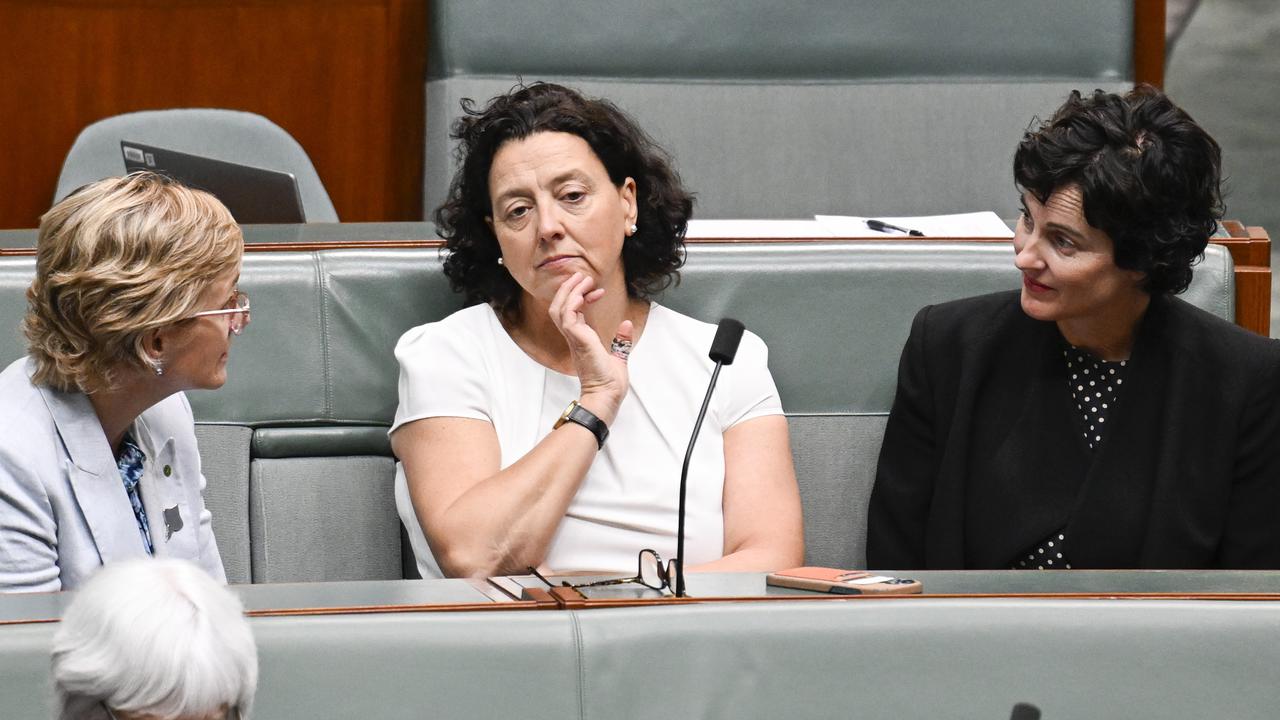Household fear as power prices tipped to rise
The earlier-than-expected closure of the nation’s biggest coal plant, the Eraring Power Station, has raised concerns of adverse impacts on household power bills.

The earlier-than-expected closure of the nation’s biggest coal plant, the Eraring Power Station, is likely to lead to increased household power bills, with NSW Energy Minister Matt Kean conceding energy prices could rise.
“Obviously, there will be pressure on prices,” Mr Kean told The Australian. “It will be nowhere near the pressure that we saw when Hazelwood exited, but we do think there will be price pressures in the first year.”
The early closure of the 2880MW generator will leave a considerable gap in reliable generation in the National Electricity Market, which represents more than 20 per cent of NSW generation output.
The closure of the Hazelwood Power Station, which saw an increase of 85 per cent in prices, has been cited by the federal government as a pointer to why Origin Energy’s closure of Eraring risks higher prices and a less reliable energy grid.
The Energy Users’ Association of Australia (EUAA), the peak body representing commercial and industrial energy users, has condemned the sudden move, with CEO Andrew Richards noting it has “the potential to be a disaster for energy bills”.
“Now more than ever we need collaboration between all parts of the energy market, including with governments,” he said.
“In order to ensure a minimal impact on all energy consumer bills, we need an orderly transition in energy markets, not short-notice departures like this.”
In response to the closure, and amid concerns of an energy supply crunch causing affordability issues, the NSW government has announced it will move to accelerate transmission upgrades and the construction of new electricity generation facilities.
“Building more replacement generation would ease bill inflation” Mr Kean said.
“What we do know is that you need to build replacement capacity if you’re going to put downward pressure on prices, and that’s exactly what our energy infrastructure road map will be able to deliver.”

Grattan Institute energy and climate change program director Tony Wood said the closure of Eraring was a significant announcement and “you can’t do it without consequences”.
“We could see a modest price increase but there won’t be too much impact if we do it (transition) well, although that is definitely not assured,” Mr Wood added.
When asked by The Australian what he thought of the NSW government’s plan to build more energy capacity as a replacement, Mr Wood cautioned against an oversupply created by government forces instead of market forces.
“Building wrong and too much energy supply as government forces tend to could result in a permanent price increase.”
Mr Wood reiterated the importance of the state government getting it right with its plan on the closure of Eraring and said the government needed to ensure “things don’t get out of whack”.

Innes Willox, chief executive of national employer association the Ai Group, said the early closure of the Eraring generator was “a big deal that requires preparation and careful management to avoid reliability threats and cost increases”.
“Given the worsening economics of coal generation, the age of the fleet and the emissions commitments of governments and business alike, we are going to see more of these announcements,” Mr Willox said. “The Eraring decision follows hard on the heels of AGL’s milder acceleration of the planned closure of two other generators.
“Businesses and the community generally can take comfort from the fact that the market operator has a well-advanced plan for the electricity system to operate efficiently as these coal retirements accelerate, and the NSW and commonwealth governments have taken steps to secure investment in replacement generation and flexible resources.”





To join the conversation, please log in. Don't have an account? Register
Join the conversation, you are commenting as Logout